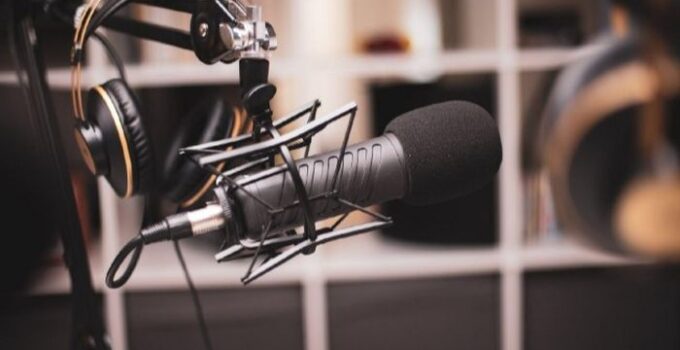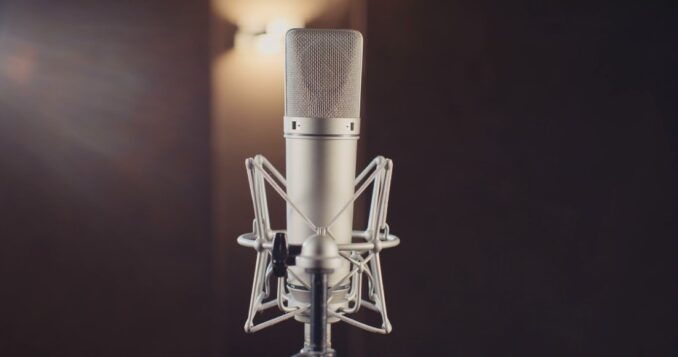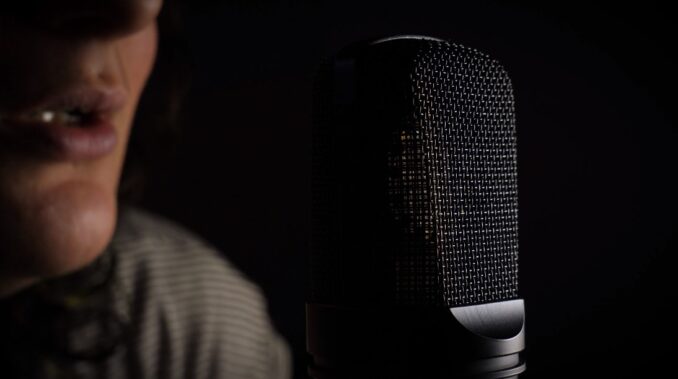Microphones are fascinating devices that capture sound and convert it into electrical signals. One intriguing aspect of microphone technology is the proximity effect, a phenomenon that can significantly influence the quality of recorded audio. In this article, we will delve into the intricacies of the proximity effect, exploring its mechanics, applications, and impact on various types of microphones.
Explore the in-depth comparison between the RE20 and SM7B microphones, helping you make an informed decision for your audio needs – RE20 vs SM7B: Which One is The Best Dynamic Mic for Your Needs.
How Does Proximity Effect Work?
At its core, the proximity effect is a change in the microphone’s frequency response based on its distance from the sound source. Understanding the physics behind this phenomenon involves delving into the intricate interactions between sound waves and the microphone’s diaphragm. As the sound source gets closer to the microphone, there is an increase in low-frequency response, resulting in a richer and warmer tone.
Types of Microphones Affected
The expression of the proximity effect differs depending on whether a microphone is a condenser or dynamic type. Condenser microphones prove more responsive to alterations in proximity, whereas dynamic microphones undergo a more gradual adjustment in frequency response.
This differentiation holds significant importance for sound engineers aiming to employ the proximity effect for distinct artistic or technical objectives. Recognizing these distinctions empowers audio professionals to make informed decisions, tailoring their microphone choice to achieve desired outcomes in their recordings.
Proximity Effect and Frequency Response
The relationship between proximity effect and low-frequency response is pivotal in shaping the overall sonic character of a recording. Audio engineers often strategically use the proximity effect to add depth and intensity to vocals or instruments. However, it’s essential to balance this effect to avoid overwhelming the mix with excessive bass frequencies.
Applications in Recording Studios
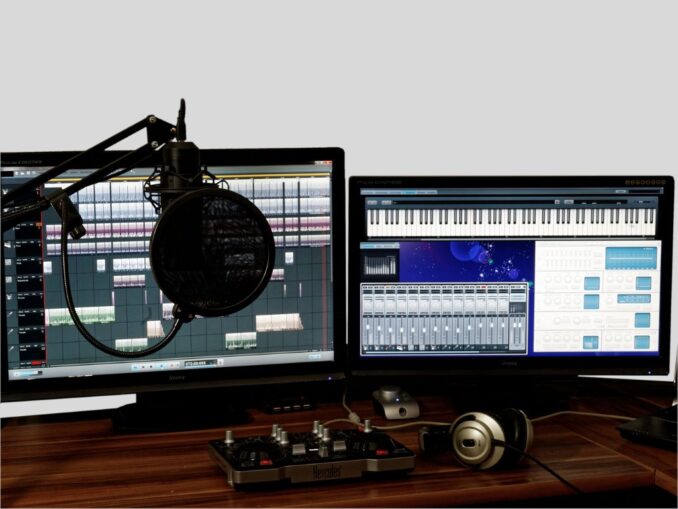
Source: audio-issues.com
In the controlled environment of a recording studio, audio engineers can leverage the proximity effect creatively. Experimenting with microphone placement and distance allows for tailoring the desired tonal characteristics of a recording. Tips for achieving optimal results include understanding the microphone’s polar pattern and selecting the appropriate microphone for the given sound source.
Live Performance Considerations
In live performance settings, the proximity effect poses both challenges and benefits. While it can contribute to a more intimate and powerful sound, it also requires careful management to prevent undesirable boomy or muddy tones. Techniques such as adjusting microphone placement and employing high-pass filters become essential tools for achieving clarity in live sound reinforcement.
Proximity Effect in Podcasting
Podcasters often seek ways to enhance the audio quality of their recordings, and the proximity effect can be a valuable tool in their arsenal. Choosing microphones known for their proximity effect characteristics can add warmth and presence to the spoken word. Additionally, understanding how to control the proximity effect ensures a polished and professional podcasting experience.
Common Misconceptions
Despite its advantages, the proximity effect isn’t devoid of misunderstandings. It’s essential to debunk misconceptions, like the mistaken notion that all microphones showcase identical proximity effects, as this is pivotal for making well-informed decisions in audio production. Identifying the boundaries of the proximity effect is vital to sidestep potential pitfalls and guarantees precise expectations when dealing with various microphone types. Understanding these nuances contributes to a more nuanced and accurate application of the proximity effect in diverse recording scenarios.
Evolution of Microphone Technology
The discovery of the proximity effect dates back to the early days of microphone development. Over the years, technological advancements have allowed for more precise control and manipulation of this phenomenon. Engineers continue to explore ways to minimize or maximize the proximity effect, providing artists and producers with greater flexibility in shaping their sonic landscapes.
Proximity Effect vs. Other Microphone Characteristics
Understanding how the proximity effect differs from other microphone characteristics is essential for audio professionals. Contrasting it with polar patterns, sensitivity, and self-noise clarifies its unique role in shaping the tonal qualities of a recording. This knowledge empowers producers to make informed decisions when selecting microphones for specific applications.
DIY Solutions for Controlling Proximity Effect
For those working on a budget or seeking a hands-on approach, there are practical DIY solutions for controlling the proximity effect. Simple modifications, such as adjusting the distance between the microphone and sound source or creating makeshift acoustic barriers, can yield effective results. These solutions provide flexibility for content creators working in diverse environments.
Future Trends in Microphone Design
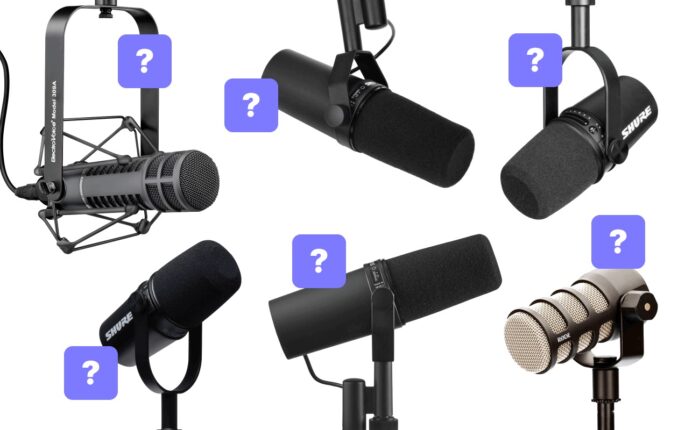
Source: riverside.fm
As microphone technology continues to evolve, future trends suggest ongoing innovations to address or exploit the proximity effect. Whether through advanced signal processing or new materials, these developments aim to provide even greater control and customization options for audio professionals. Staying abreast of these trends ensures that creators can take full advantage of the latest tools in their craft.
Proximity Effect in Popular Culture
The proximity effect has left its mark on popular culture, influencing the soundscapes of music, movies, and podcasts. Iconic recordings and memorable performances often owe part of their character to the intentional use of the proximity effect. Understanding its role in shaping cultural experiences highlights the significance of this phenomenon beyond the technical aspects of audio production.
Professional Opinions and Experiences
To gain further insights into the practical applications of the proximity effect, we turn to the experiences of audio engineers and content creators. Their perspectives shed light on the diverse ways in which the proximity effect can be harnessed to achieve specific artistic goals. From recording vocals to capturing the nuances of acoustic instruments, professionals share their valuable experiences and recommendations.
Conclusion
In conclusion, the proximity effect in microphones is a powerful tool that can significantly impact the quality and character of recorded audio. From recording studios to live performances and podcasting, understanding how to effectively manage and utilize this phenomenon opens up a world of creative possibilities. Embracing experimentation and learning from the experiences of professionals contribute to mastering the art of working with the proximity effect.


